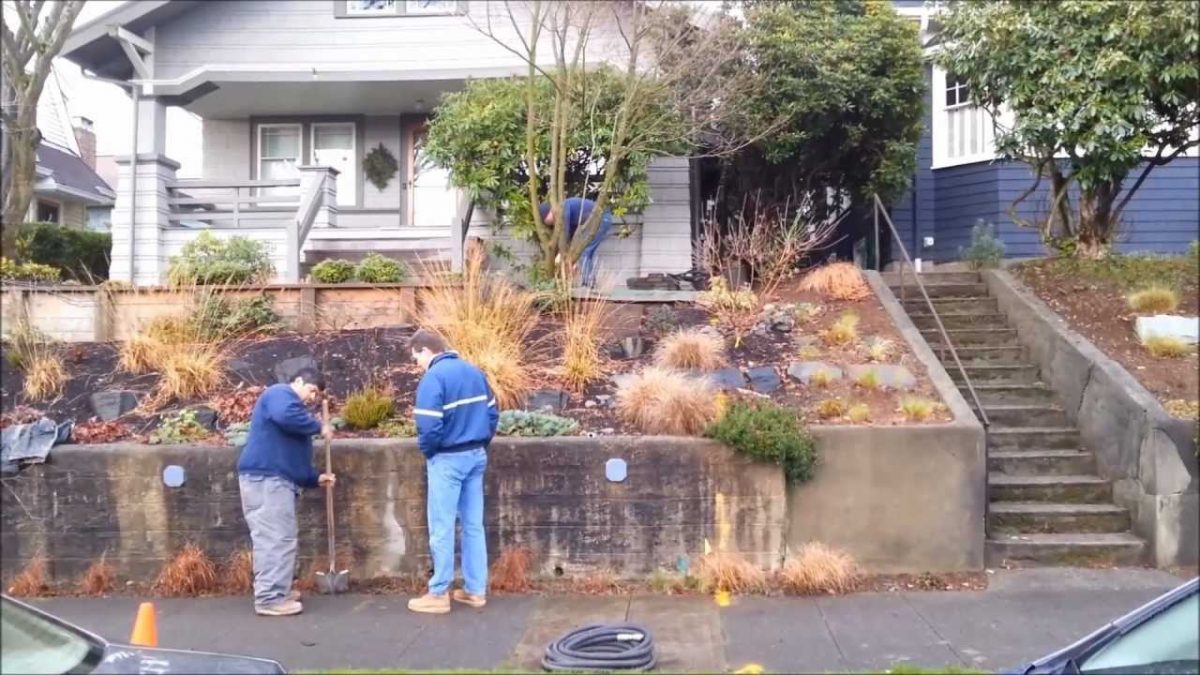In the annals of plumbing, replacing an underground water or sewer line has historically been synonymous with digging, disruption, and added expenses. However, technological advancements have paved the way for more efficient methods. Among these, the trenchless water line replacement technique stands out.
This detailed guide will dive deep into:
1. The intricacies of trenchless water line replacement.
2. Operational mechanisms of the technique.
3. Determining the trenchless water line replacement cost.
4. Tools and equipment used in the process.
Demystifying Trenchless Water Line Replacement
At its core, trenchless technology means rectifying underground pipelines without a need for extensive digging. Using specialized equipment and typically just one or two access points, the entire process circumvents the traditional trench-digging approach. This technology applies not just to water line replacements but also to sewer repairs and emergency plumbing scenarios. Our primary focus here, though, remains on the water supply entering homes.
Are you keen on exploring trenchless sewer solutions? Check out the other detailed sections on our blog.
Signs Pointing to a Need for Trenchless Repair
Drops in water pressure and unexpected hikes in your water bills can be clear indicators of water line issues. When confronted with these red flags without an evident cause, it’s always best to seek the expertise of a plumber. Further, conducting a hydrostatic plumbing test can offer insights into pressure anomalies. Persistent and unexplained drops in pressure might signal a slab leak or complications in the external water supply conduits.
While some adventurous souls have documented their DIY repair endeavors, professional intervention remains the advisable route for most homeowners.
The Upside of Trenchless Pipe Repair
Opting for the trenchless method isn’t just about avoiding digging. The benefits are manifold:
- Enhanced efficiency.
- Swift resolution.
- Cost-effectiveness, especially when considering the overall trenchless water line replacement cost.
- Long-lasting results.
- A greener, more environmentally-friendly approach.
The How-To of Trenchless Water Line Replacement
Pipe Bursting
The dominant method in the trenchless arsenal is “pipe bursting”, especially for pipe bursting water line replacement. This technique involves introducing a new pipe through an access point, strategically replacing and causing the old pipe to burst. The remnants of the former pipe naturally integrate with the surrounding soil.
Sub-techniques here include:
- Pipe jacking (the hydraulic push strategy).
- Directional drilling (the mechanical pull strategy using a trenchless water line puller).
Nevertheless, some materials, such as HDPE, reinforced concrete, and lead, may resist the bursting method. The “pipe lining” technique can be a suitable alternative for pipes with pronounced angles or that are exceptionally short.
Pipe Lining
Here, a resin-coated fabric liner (specifically CIPP lining) is pushed into the old pipe. This liner is then inflated and cured, forming a new pipe within the confines of the old one. This method might marginally reduce the inner diameter of your water conduit but is perfectly tailored for snug spaces and pronounced bends.
A critical consideration here is the epoxy resin’s safety profile. Ensuring it’s apt for drinking water is paramount. Installing a filtration system following this method can provide added peace of mind.
Durability, Timing, and Trenchless Water Line Replacement Tool Considerations
Both HDPE-based and CIPP relined pipes claim impressive lifespans, often exceeding 50 years. A majority of these replacements are completed within 24 hours. Pipe bursting, armed with the right trenchless water line replacement tool, generally offers a speedier solution compared to CIPP relining.
Breaking Down the Trenchless Water Line Replacement Cost
Expenses can vary based on several factors, but general estimations are:
- Pipe bursting: $40 to $80 per foot.
- CIPP relining: $25 to $65 per foot.
Navigating Responsibility and Costs
Typically, homeowners shoulder the costs and responsibilities for water main repairs from the street to their property. Some insurance policies might cover these, making it crucial to scrutinize your policy. For issues that manifest beyond sidewalks or roads, city administrations generally step in.
In Closing
Trenchless technology has revolutionized water line replacements, with a keen focus on efficiency, speed, and cost. The tools, such as the trenchless water line puller, have made underground water line installation more accessible and hassle-free. Partnering with reputable plumbing professionals is paramount, and multiple quotes can ensure you get the best deal.
Trenchless FAQs
Which pipes are best for underground installations?
HDPE stands out due to its robustness and adaptability.
How is the replacement carried out?
Pipe bursting is the primary method for trenchless replacements.
What is the lifespan of an underground water line?
With proper care, HDPE pipes can last over half a century.
Who oversees the water conduit from the street to residences?
Generally, homeowners bear the responsibility and associated costs.
What is the usual duration for water line replacements?
With advanced methods, replacements can often be wrapped up within a day.









